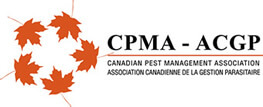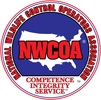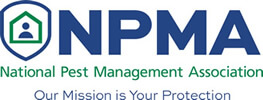
Black Widow Spiders: Black Widow Spiders can be deadly to people and pets, so if you think you have black widow spiders in or around your property, call us right away. Interestingly, males do not bite. The females usually only bite when they are protecting their eggs and at other times will usually try to escape. Black widow spiders lay their eggs close to the web and are usually found in piles of fallen branches or trash, or underneath garden furniture and outhouse seats. The young spiders disperse soon after hatching. After mating, the female black widow often eats the male (hence the name), whose sperm she stores and then uses to produce future egg sacs without mating. Female black widow spiders can live for up to three years.

Brown Recluse Spiders: Brown Recluse Spiders do not seek to bite people. The bite is usually accidental. The spider crawls into a shoe, clothing, or beds; a person then puts on the clothing or lies on the spider in bed. Brown recluse spiders have only one defence — and that is to bite. The bite has an especially nasty effect on people, often resulting in open, ulcerating sores. Left untreated, such bites often become infected and significant tissue necrosis can occur. It is always best to seek medical attention, preferably from a dermatologist, if you think you may have a spider bite. This is especially true in areas where brown recluse spiders are common.

Daddy Long-Legs Spider: Daddy Long-Legs Spider can be found on tree trunks and open ground. They are found throughout North America. On cool afternoons, adult daddy long legs spiders often climb trees or sides of buildings, seemingly to benefit from residual heat of the sun. A warm knothole may attract dozens of daddy-long-legs, who stand close together with legs interlaced all night.


















